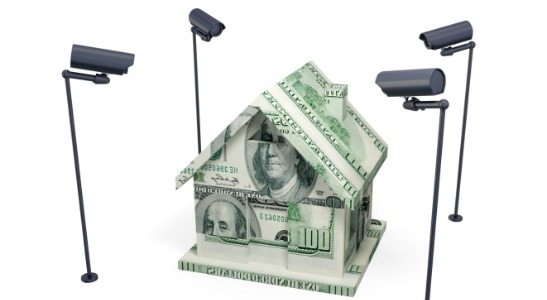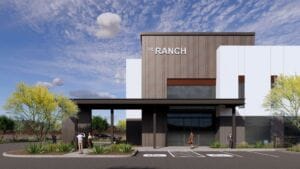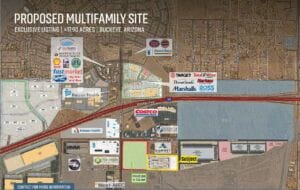Do you hear the phrase “turn of the century” and think 1900, then realize people were talking about TWELVE YEARS AGO? Then you think, “Hey, it’s the 21st century!” and the next thought that zips into your brain is “Where the heck is my flying car?” Well, odds are you are one of those people who had a definite vision about what the future would be like, and there’s a good chance that this vision got its inspiration from the old Star Trek series.
You are not alone if you crave that cool stuff the crew of the Enterprise took for granted. Ok, “The Fly” (both the original 1958 version and the 1986 remake) may have severely reduced our enthusiasm for the transporter, but who doesn’t wish for one of those handheld scanners Dr. McCoy used to determine if someone was sick every time the doctor orders a blood panel, x-ray or some other unpleasant test? If only it were that simple.
Just scan me Doc, and let me know what’s what!
Well, the medical tricorders aren’t available yet, but there is something eerily similar that’s currently being used in Scottsdale, AZ for Home Insurance. Insurers of high-end homes in Arizona typically send out appraisers for a first-hand look, and the technology they’re using looks an awful lot like Dr. McCoy’s medical tricorder. The NY Times describes these devices;
“We’re applying what used to be commercial technology to uncovering hot and cold spots behind walls and beneath flooring,” said Mark Schussel, a spokesman for the Chubb Group of Insurance Companies in Warren, N.J. Chubb’s appraisers are using HomeScan cameras that employ infrared thermography to spot water damage and fire risk. Areas that show up as “cold spots” could indicate moisture in a wall or lack of insulation. “Hot spots,” Mr. Schussel said, “could be a sign of electrical arcing, which can lead to a fire.” If moisture is detected, the appraiser will attempt to find its source.
Other insurance companies such as Fireman’s Fund and AIG use similar devices. The focus on risk management and loss prevention is greater on high-end homes so perhaps it’s no surprise that insurance companies are investing in better technology to help them accomplish this. What is a surprise, though, is the range of services that insurance companies employ to protect their clients.
Services like risk-management specialists meeting with clients to develop emergency plans in the event of natural disaster, mobile wildfire units spraying homes with fire retardant when a threat is reported, concierge services that visit customer homes in advance of impending disasters to store valuables and minimize damage are increasingly offered (Wall Street Journal). Companies offer relocation services and restoration teams when disaster strikes, but loss prevention is the more forward-thinking option.
Despite the high-tech devices like tricorders, transporters, and communicators, the real appeal of Star Trek was the crew. The Enterprise held a team of forward-thinking and creative professionals who bravely flew into situations and worked together to avert disaster or rescue the imperiled. Not unlike the crew of the Enterprise, risk management and loss prevention professionals offer home owners in Arizona a similar service, bringing options to avoid loss of property or life that was often not available in the last century; such as tracking the paths of wildfires, or storms, and leveraging resources to keep your family and valuables out of that path.
Perhaps it’s no surprise that many of the companies insuring high-end homes take this approach, since the people in those companies watched the same Star Trek episodes that we did. The Star Trek vision about what the future would be like was a positive one. And we’re on our way to this future. We have our communicators, Dr. McCoy’s tricorders are being used on our homes, and it’s just a matter of time until we can park our flying cars in the garage!
Contact your local insurance agent to find out about the latest technology and services available in home insurance policy.




